5 Things To Know About Rose Mallow

Whether you call it rose mallow, hardy hibiscus, dinner-plate hibiscus or swamp mallow, this perennial is an excellent choice to brighten up the summer garden. It can be grown as a focal point in the landscape or as a lush flowering hedge.
The options are vast with varieties ranging from 6-7 feet (1.8-2.1 m.) tall to just 3-4 feet (0.9-1.2 m.) tall at maturity. The oversized flowers feature ruffled petals in all shades of pink, red, magenta, white, and bicolor, some with dark centers or intense veining atop leaves that are green to dark wine purple.
If you’re looking to try your hand at growing one of these spectacular plants, let's look at the 5 things you need to know about growing rose mallow.
1. Hardy in USDA Zones 4-9
Even with its tropical look and feel, this tough perennial is very hardy growing in the North to the Southern states and in between Including the east coast, midwest to northwest.
However, this plant can often be confused with its cousin, the tropical hibiscus. When shopping for a rose mallow, be sure to double-check and confirm you are purchasing the right species of hibiscus for the right location.
2. Prefers Moist Soil
While this plant can do well in most types of soil, it prefers soil that is moist or wet. Given the alternative common name of swamp mallow, it is well suited to a moist area on the property where it may be difficult to grow other types of plants. It can even be planted near water features and ponds.
For rose mallow to reach its fullest potential for bloom, provide it with full sun, or at least six hours per day.
Gardening tips, videos, info and more delivered right to your inbox!
Sign up for the Gardening Know How newsletter today and receive a free copy of our e-book "How to Grow Delicious Tomatoes".
3. Attracts Unwanted Pests
Some of the most common insect pests are attracted to the foliage and flowers of the rose mallow including aphids, spider mites, thrips, whiteflies and Japanese beetles. The larvae of the sawfly are especially fond of this plant. This army of small green caterpillars will feast on both the upper and lower leaves resulting in lacy foliage.
4. Late to Break Dormancy
Rose mallow is one of the last perennial plants to emerge from the ground in the spring. Some varieties may wait until the beginning of summer to begin growth.
Even though they are late to break dormancy, their vigorous growth rate makes up for their late arrival.
Cut the plant back to just a few inches above ground in early spring before new growth appears. The stems will be somewhat woody so a strong pair of loppers or even a small pruning saw may be needed.
5. Short-Lived Blooms
The tropical looking flowers of the rose mallow lasts only a day or two, but are quickly replaced by new blooms.
If you are tempted to cut a bouquet of these exquisite flowers, don’t. They are not suited for life in a vase.
The dinner-plate sized flowers, even though they are short lived, are loved by butterflies and hummingbirds. Plus, they're often ignored by grazing deer.
Companion Plants
Hardy hibiscus is also friendly with other perennial plants that love sun and moist soil. Mix and match the following plants for spring to fall blooms:
- White Turtlehead
- Swamp Milkweed
- Japanese Iris
- Meadowsweet
- New England Aster
- Switch Grass
- Joe Pye Weed

Amy Draiss, Digital Community Manager at Gardening Know How since 2021, seamlessly blends her hands-on gardening experience with a digital green thumb. With roots in family landscaping and management at a garden center, Amy has cultivated expertise in plants, supplies, and customer relations. Residing in the Midwest, Amy tends to her two-acre haven, showcasing a diverse range of trees, shrubs, and perennials. As the Hydrangea Queen, she shares her love for these blooms and imparts gardening wisdom through videos and social media. Beyond gardening, Amy enjoys quality time with her family, travel, and theme parks. Amy's mission is to inspire and advise plant enthusiasts, fostering flourishing gardens for both seasoned and budding gardeners alike.
-
 Try The Trend – Turn Any Bed Into A Keyhole Garden With This Clever In-Ground Composter
Try The Trend – Turn Any Bed Into A Keyhole Garden With This Clever In-Ground ComposterKeyhole gardening is an efficient and sustainable practice that saves space. Get started on this DIY project quickly and easily with an in-ground composter.
By Bonnie L. Grant
-
 4 Superfast Composting Methods: Turn Waste Into Garden Gold In 30 Days Or Less
4 Superfast Composting Methods: Turn Waste Into Garden Gold In 30 Days Or LessTry the fastest composting methods to turbocharge your pile and transform kitchen scraps and garden waste into finished compost in just a few weeks.
By Mary Ellen Ellis
-
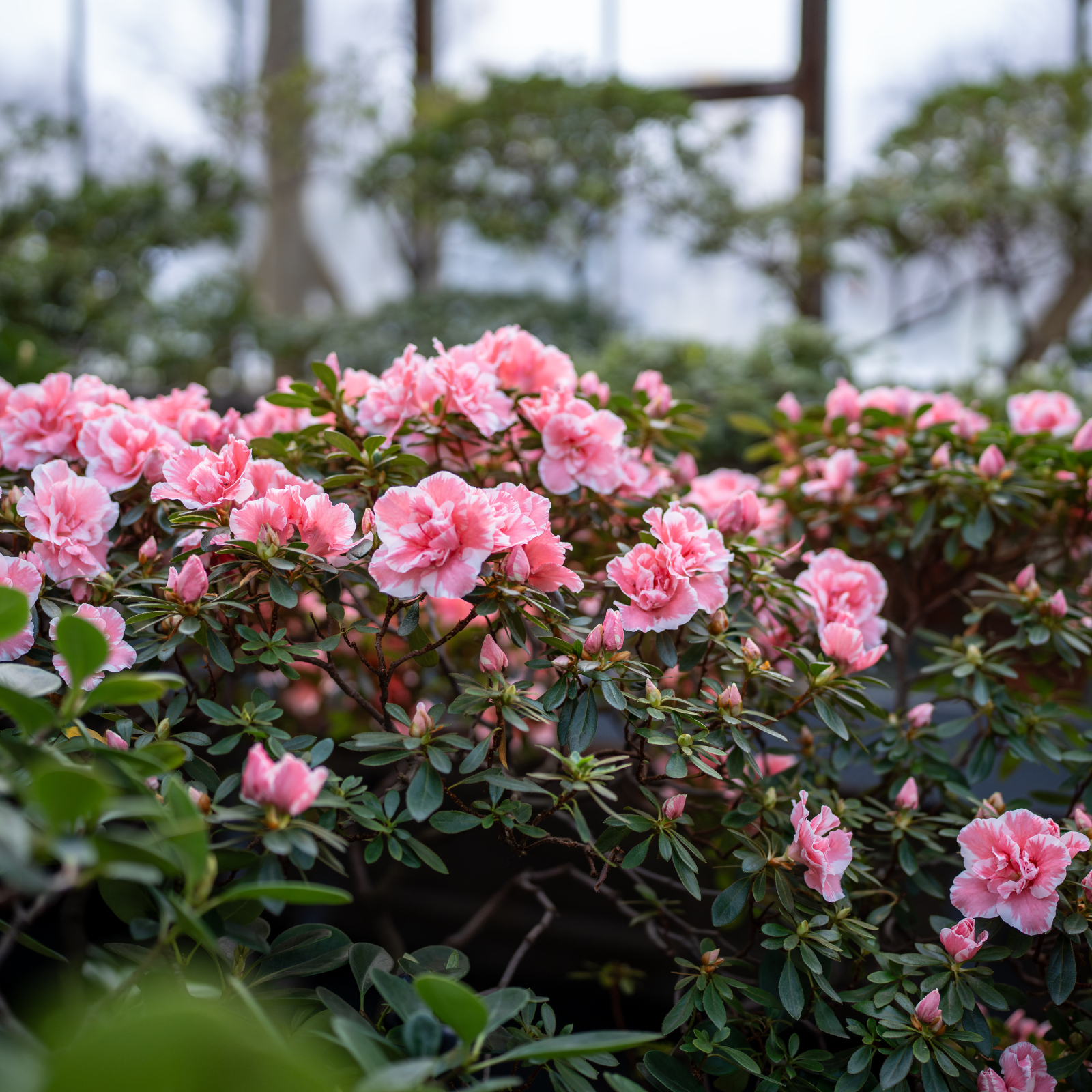 What Is The Size Of An Azalea? Explore Different Varieties That Will Suit Every Garden
What Is The Size Of An Azalea? Explore Different Varieties That Will Suit Every GardenThe size of azaleas can vary widely because they have been selectively bred for different landscape needs. Check out our picks for each size category.
By Mary Ellen Ellis
-
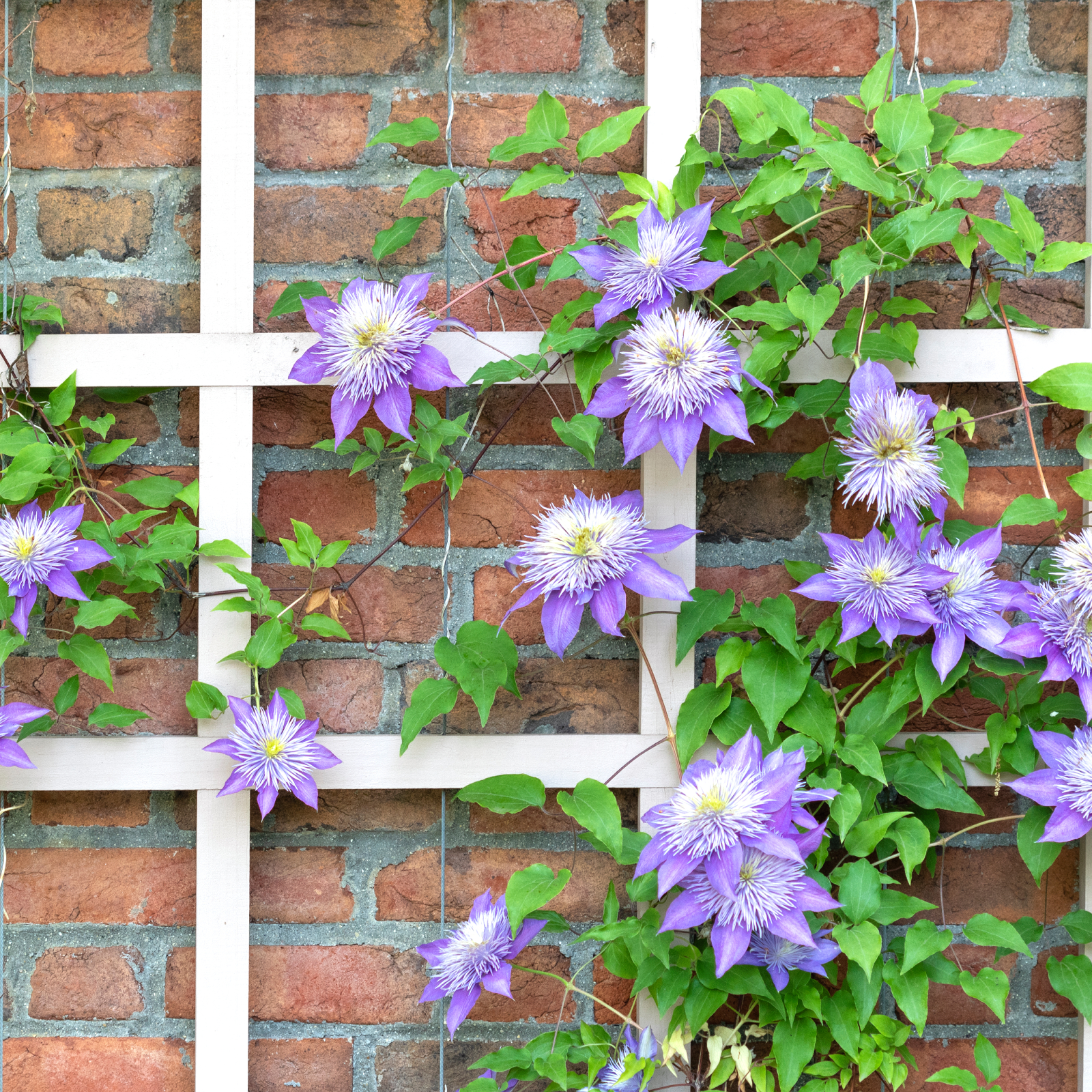 5 Fabulous Fast-Growing Vines – That Will Quickly Climb Any Arbor, Trellis, Or Fence
5 Fabulous Fast-Growing Vines – That Will Quickly Climb Any Arbor, Trellis, Or FenceThese fast growing vines are perfect for covering any eyesores in your yard or creating a living fence. They will provide great visual interest, as well.
By Amy Grant
-
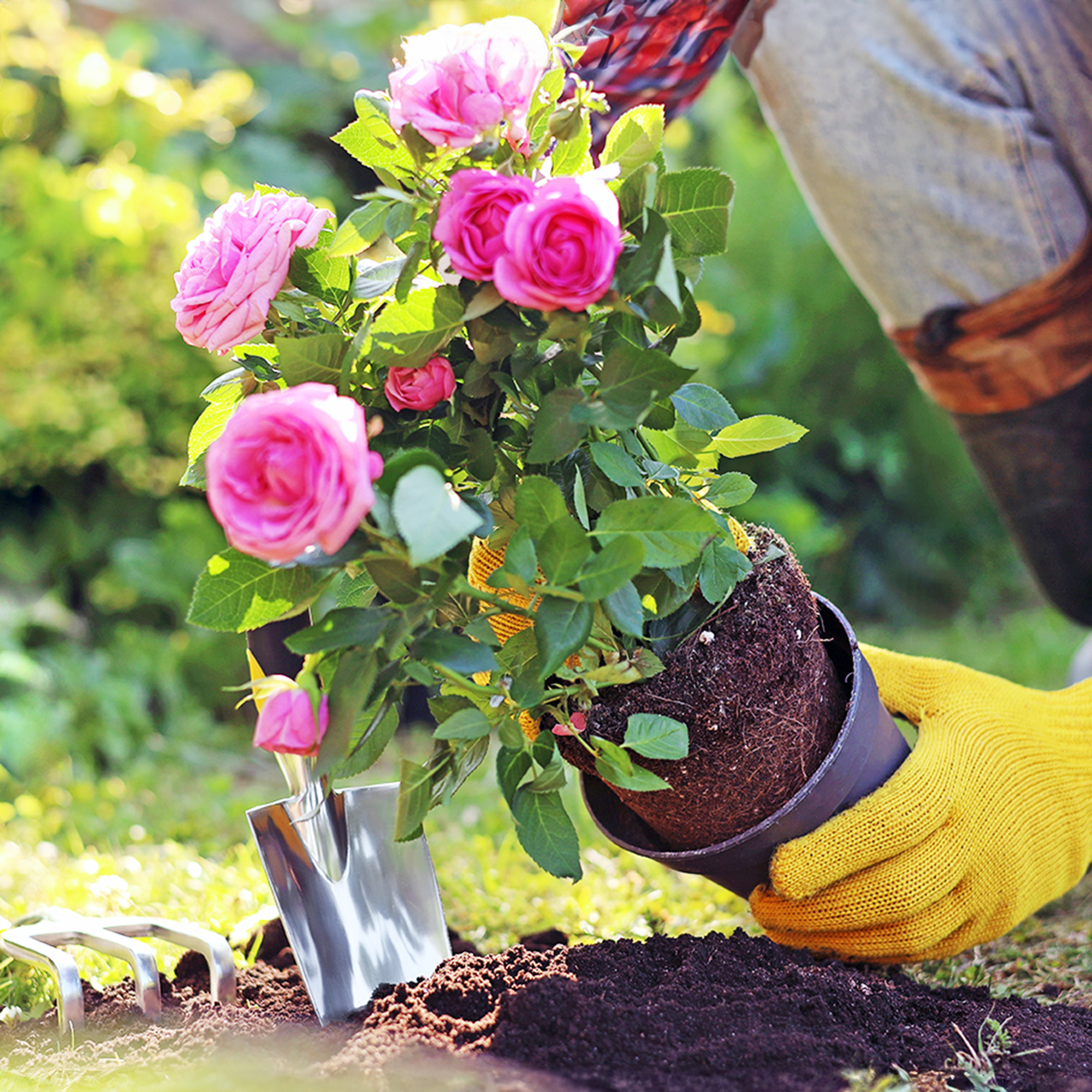 When To Plant Roses: The Best Time For Your Climate And Rose Type
When To Plant Roses: The Best Time For Your Climate And Rose TypePlant your roses at the right time and you will be rewarded with decades of glorious summer flowers – but get it wrong and you'll be crying over dead shrubs.
By Teo Spengler
-
 Spectacular Early Blooming Shrubs: 6 Sparkling Spring Flowering Bushes
Spectacular Early Blooming Shrubs: 6 Sparkling Spring Flowering BushesWant to kickstart your gardening year with dazzling spring flowering bushes for beds and borders? These unique early bloomers are sure to help you rise and shine!
By Teo Spengler
-
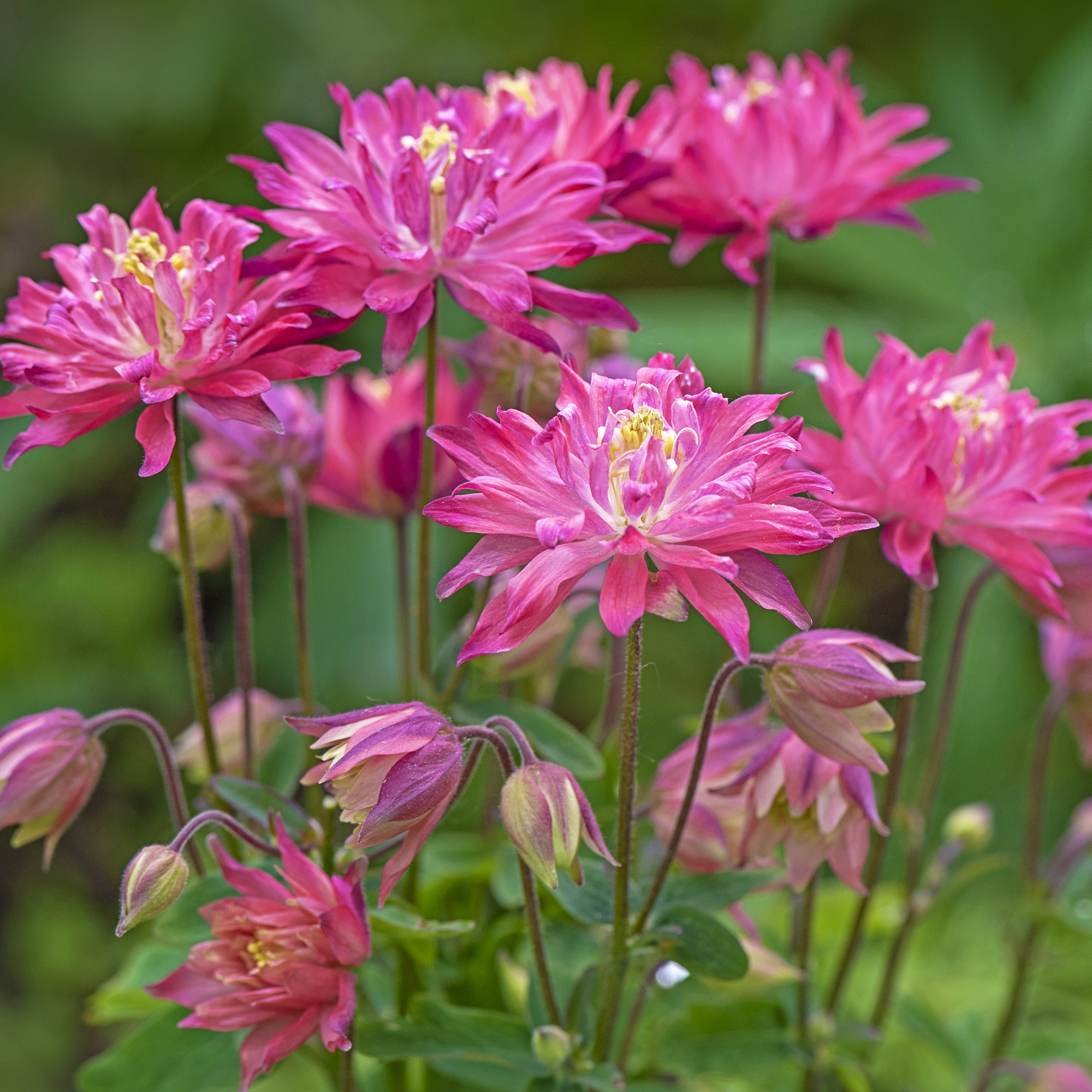 7 Shade-Loving Flowers To Start From Seed Now For A Stunning Summer Garden
7 Shade-Loving Flowers To Start From Seed Now For A Stunning Summer GardenTurn shady spots into vibrant new garden spaces with lovely and illuminating shade-loving flowers.
By Ellen Wells
-
 7 Summer-Blooming Bulbs To Plant In Early Spring: Don't Miss Months Of Glorious Flowers!
7 Summer-Blooming Bulbs To Plant In Early Spring: Don't Miss Months Of Glorious Flowers!Get a head start on stunning summer blooms with these easy-to-plant bulbs – act early and you will enjoy vibrant flowers that last for months on end.
By Mary Ellen Ellis
-
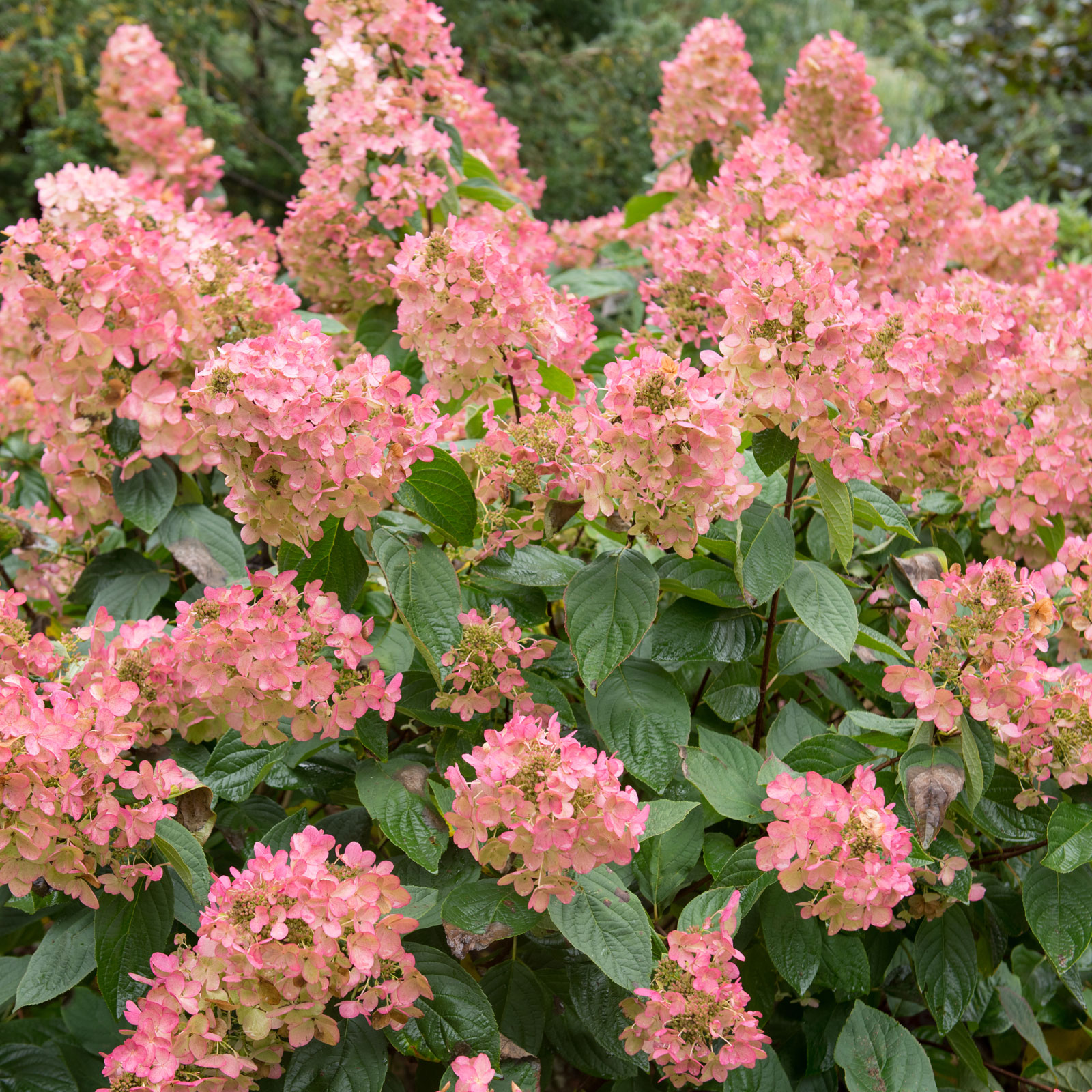 Quick Fire Hydrangea – The Elegant, Easy-Care Shrub Every Gardener Needs In Their Landscape
Quick Fire Hydrangea – The Elegant, Easy-Care Shrub Every Gardener Needs In Their LandscapeIf you’re after an early flowering panicle hydrangea that offers plenty of floral variety, the Quick Fire hydrangea goes big on visual dynamics from early summer to fall
By Tonya Barnett
-
 8 Rare Orchids That Make Stunning Houseplants – Some Are Surprisingly Easy To Grow
8 Rare Orchids That Make Stunning Houseplants – Some Are Surprisingly Easy To GrowDiscover unique orchids that will add exotic beauty to your home. Some make easygoing houseplants, while others offer a challenge for more seasoned growers.
By Melanie Griffiths